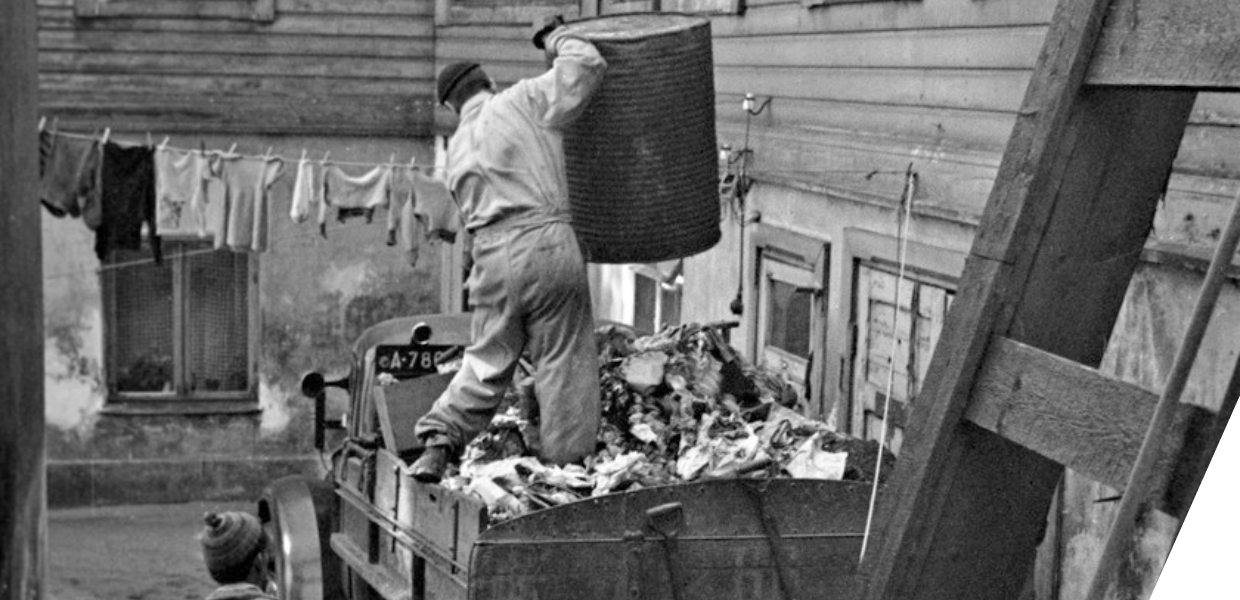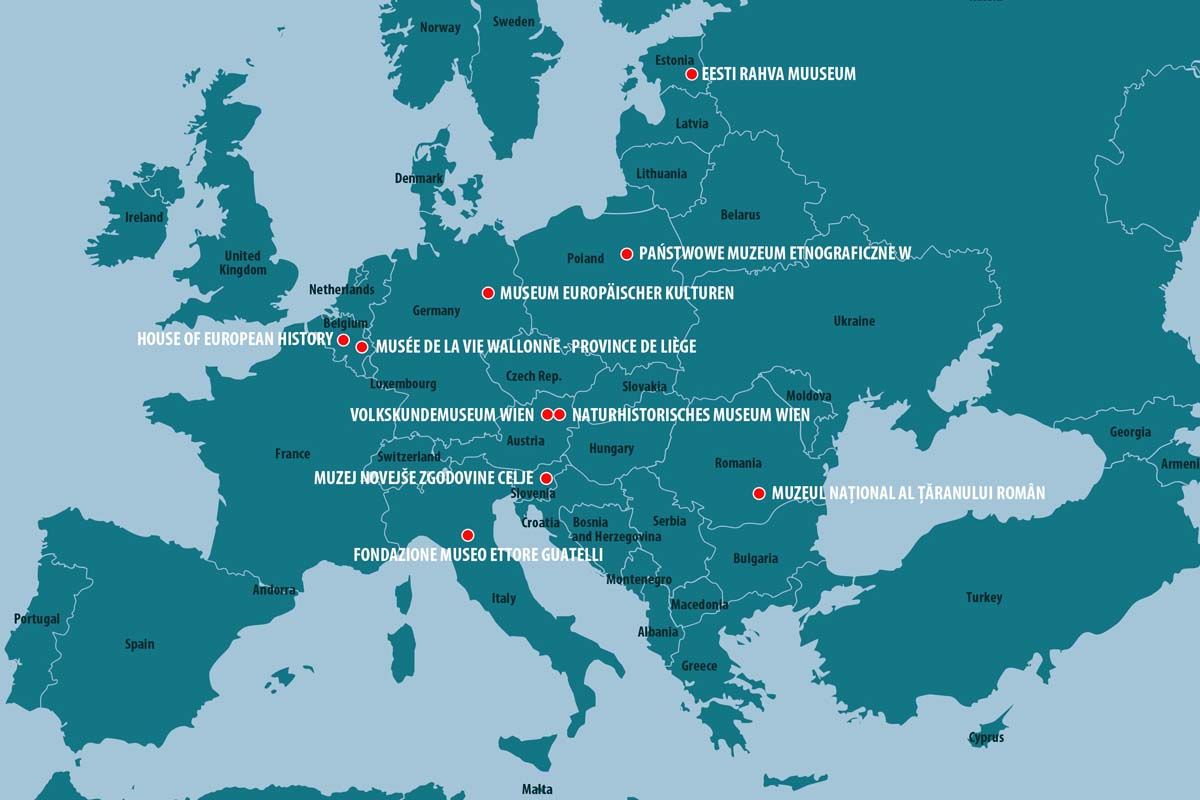Why this topic? Why a digital platform?
Rubbish has become a central issue of our time, but it’s a difficult one - it concerns what we dispose of and do not want to look at anymore. When the House of European History started developing our exhibition project about the history of waste - titled ‘Throwaway - the history of a modern crisis’, we decided it was an opportunity to fulfil ’s our mission as a European museum, working in a truly transnational fashion with fellow museums across the continent.
We also believed that museums, as places of conservation that connect objects and stories across time, have a responsibility to address the topic of waste. The response we received from the organisations we contacted showed that many others shared our conviction.
As a concrete result of our collaboration, we chose to develop a web platform accessible in several languages, to have a Europe-wide outreach. This content-driven online environment offers a wealth of resources in various formats, all developed by the partners themselves. It is a unique opportunity for all partner organisations to create intersections and connections between their collections and their local environments. And hopefully, to broaden their audience’s horizons.
What does this digital platform have to offer?
Rather than an online equivalent to the House of European History’s exhibition in Brussels, the platform is a gateway for people to discover objects, places and people across Europe and their relations across countries, disciplines and periods. It provides a kaleidoscopic view of the significance of our rubbish in the past and today.
Visitors can discover over 60 digitised objects from the participating museums’ collections. Each object tells a story through photos and texts, making the visitor reflect on everything around us – are they disposable and valueless, or rather transitory and reusable? Rubbish or resource?
The platform also invites people to reflect on global issues by learning about local realities and communities related to waste, through around 40 short videos filmed in the museums’ surroundings or premises. Audiovisuals show stories as diverse as the reconstruction of a house using a zero-waste approach, the management of the rubbish resulting from floods, and an interview with a member of one of the museum’s cleaning staff.
To engage online visitors in a playful way as well, we developed a game on ‘defining rubbish’, something more complex than it seems, using definitions we gathered from professionals working in the fields of waste collection, reuse and reduction in Brussels.
Moreover, the online platform will host blogposts, photo reportages, live-streamed events and podcasts on a variety of activities and happenings around the issue of waste taking place throughout 2023.



